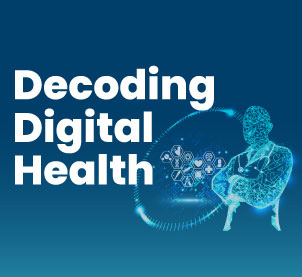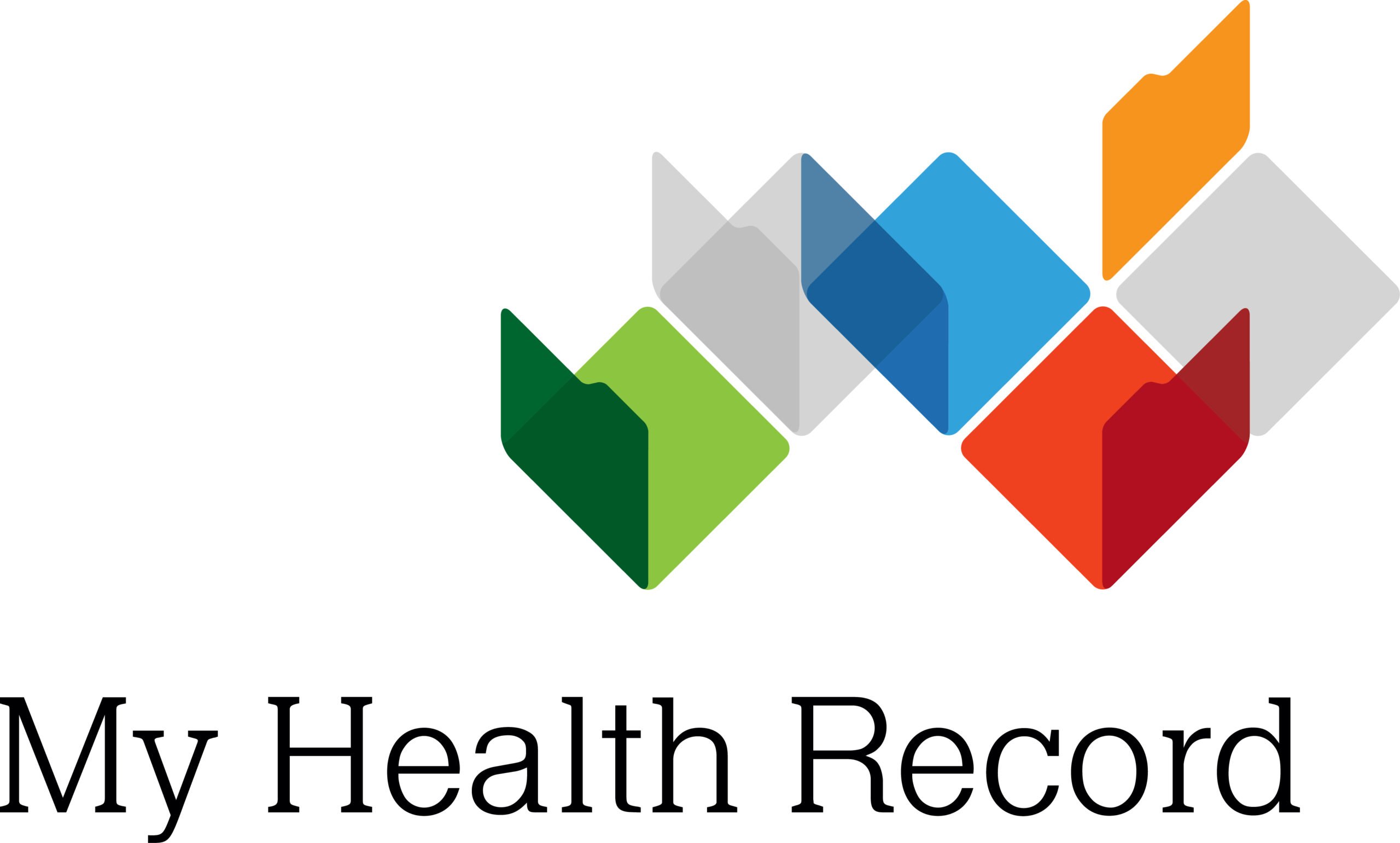19 October 2023

Our services, innovations, collaborations and commitment to improving the health of our community was on display today at SWSPHN’s first showcase since the start of the COVID-19 pandemic.
Centring around the theme of ‘strengthening Medicare’, a room of about 50 people including PHN Board members, PHN member organisations, PHN staff, service providers, committee members and GPs, gathered in the Dharawal Room at Campbelltown Catholic Club.
We heard first from keynote speaker, Dr Stephen Duckett, Chair of the Eastern Melbourne PHN Board and former member of the Strengthening Medicare Taskforce, about the challenges facing general practice and primary care in the future.
Dr Duckett told the gathering there had been a steady decline in the number of medical students choosing general practice.
“What this means is that the world of primary medical care in 10 years’ time, 15 years’ time or 20 years’ time is going to be quite different from what it is today,” he said.
“There’s going to be more patients, and either the same, or a smaller number of general practitioners, so we’re going to have to think about different ways of doing things.”
SWSPHN staff then highlighted a small sample of some of the great work we do, including our innovative iRAD and New to General Practice Nursing projects, and an example of collaborative commissioning.
Kristen Short, Director of Innovation and Partnerships, showcased our iRAD interoperability solution which connects health providers who are providing care for the same patient.
“With iRAD, we just need to consent the patient and the information will flow, and be available once they return to their regular GP,” she said.
Ms Short said South Western Sydney was the first location in Australia to have true interoperability working “which was super exciting”.
So far, 85 practices are connected to iRAD, a psychiatrist and after hours clinics, and Ms Short said we were looking to expand locally to add another 35 practices in the next few months.
“One of my favourite quotes from one of our providers is ‘I can’t do my job without iRAD’, they see so much value in it.
“We’ve been working very hard for a few years on being able to view hospital information through iRAd. It will be a complete game changer for GPs to be able to quickly see any information if a patient is admitted to the emergency department or hospital.”
SWSPHN’s Kristina Allen, Clinical Support Team Lead, and Lisa Cerruto, Clinical and Quality Improvement Officer, gave an overview of the New to General Practice Nursing program which provides support for nurses who are new, returning or transitioning to general practice within South Western Sydney.
Val Burge, SWSPHN Mental Health and Alcohol and Other Drugs Program Coordinator, followed with a presentation about working with service providers to have a greater impact on client outcomes, giving our work with the St Vincent de Paul Society’s Rendu House clients as an example.
Stephen Suttie, Senior Operations Manager at Neami National, gave a presentation on the new, SWSPHN-commissioned Liverpool Head to Health Centre, a free, walk-in, mental health and wellbeing support service which opened in August.
He discussed the benefits of working in partnership with SWSPHN to engage the community through the codesign process to deliver the best service they could. “What we deliver is a service that is there for people when they need it … which is really closely integrated with the community.”
SWSPHN Chief Executive Officer, Dr Keith McDonald PhD, closed the showcase with an exploration of SWSPHN’s new Employee Value Proposition – A Healthy Community. A Healthy Career. Right here, where you’re really needed – which not only tells, but shows why SWSPHN is a great place to work.
Watch the staff EVP video
Following the showcase, Board members met for SWSPHN’s AGM where our 2022-2023 Annual Report, which highlights even more of the significant body of work undertaken by our dedicated and passionate staff during the last financial year.
Read our Annual Report






